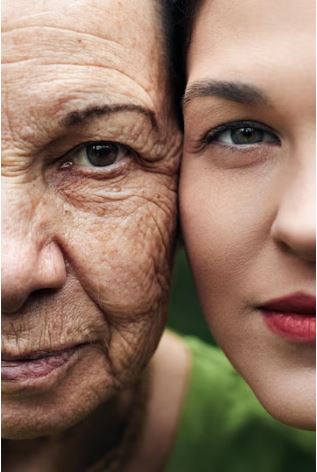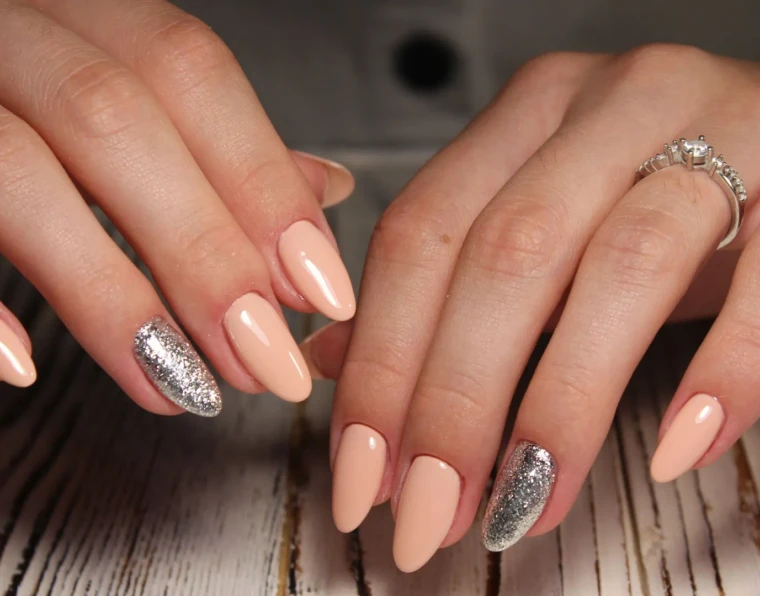Last updated on October 5th, 2025 at 06:15 pm
Karan Johar started trending with Ozempic thanks to whispers in Bollywood circles. Though he hasn’t publicly confirmed using it, reports and celebrity insiders have hinted that he may have turned to Ozempic (or similar GLP-1 drugs) to aid in his recent transformation.
He showed up at multiple events looking noticeably slimmer, and fans began asking questions. In a culture where fitness fads travel fast, Karan’s subtle glow-up helped push Ozempic from medical obscurity to a limelight.
Add to that the wider global hype — from TikTok influencers in the West to Hollywood stars — and India caught on quickly.
Isn’t it remarkable that you no longer need to undergo invasive procedures like gastric bypass surgery to control appetite and lose weight? Gastric bypass — where the stomach is reduced and rerouted to the small intestine — has long been considered the gold standard for significant weight loss. However, it comes with surgical risks, long recovery times, and permanent changes to your digestive system.
On the other hand medications like Ozempic, you can achieve similar appetite regulation without going under the knife. Ozempic mimics the GLP-1 hormone to slow digestion, reduce hunger, and help you feel full faster — offering a powerful, non-surgical alternative for sustainable weight loss. It’s science meeting simplicity, giving you real results without cutting or stitching.
whats in the article
- Introduction to ozempic
- How it works
- its uses
- Dosage
- Reviews
- side affects
- other substitute medicines to ozempic
- conclusion
- Faqs

🔬 What Exactly Is Ozempic? ( introduction)
Ozempic (semaglutide) is a prescription medication originally developed to treat type 2 diabetes. It mimics a natural hormone called GLP-1 (glucagon-like peptide-1), which helps regulate blood sugar, reduce appetite, and slow digestion. But in recent years, Ozempic has become a household name for a completely different reason — weight loss.
Approved by the FDA and hailed by celebrities and influencers, Ozempic has sparked both praise and controversy. In India, the buzz reached a whole new level when Bollywood’s style icon and filmmaker Karan Johar was linked to it.
- Generic Name: Semaglutide
- Class: GLP-1 receptor agonist (Glucagon-Like Peptide-1)
- Form: Subcutaneous injection (under the skin), taken once weekly
- Manufacturer: Novo Nordisk
💡 How Does Ozempic Work?
Ozempic mimics a natural hormone in your body called GLP-1 that helps:
- Stimulate insulin when blood sugar levels are high
- Suppress glucagon (a hormone that raises blood sugar)
- Slow stomach emptying – making you feel full longer
- Reduce appetite – which leads to fewer calories consumed
This combo helps both with blood sugar control and weight loss.
🎯 Uses of Ozempic
| Use | Purpose |
|---|---|
| ✔️ Type 2 Diabetes | Approved by FDA to help lower blood sugar levels |
| ⚠️ Weight Loss | Not officially approved for this (that’s Wegovy, a higher-dose semaglutide) — but widely prescribed off-label for weight loss |
| 🚫 Not for Type 1 Diabetes or general weight loss without supervision |
💉 Ozempic dosage
- Once-a-week injection (usually on the same day every week)
- Injected under the skin: abdomen, thigh, or upper arm
- Dosing usually starts low (0.25 mg) and increases over time to reduce side effects
⚠️ Is It Safe?
Generally well-tolerated, but common side effects include:
- Nausea
- Diarrhea or constipation
- Vomiting
- Fatigue
- Decreased appetite
Serious (but rare) risks:
- Pancreatitis
- Thyroid tumors (in rodents – not confirmed in humans)
- Gallbladder problems
- Kidney issues if you get severely dehydrated
Always use it under medical supervision.
Ozempic Reviews: What Are People Saying?
The Positive Side:
- Effective Weight Loss: Users report losing anywhere between 5–15% of body weight within a few months.
- Reduced Appetite: Many feel “full” faster and experience fewer cravings.
- Better Blood Sugar Control: Diabetics also find their glucose levels more stable.
“I lost 10 kgs in four months without changing my diet drastically. It’s almost like Ozempic reset my appetite,” shares Priya, a 37-year-old user from Mumbai.
The Negative Side:
- Plateaus: Some users hit a weight-loss plateau after several weeks.
- Injections: The weekly injection isn’t for everyone — needle phobia and discomfort can be an issue.
- Cost: It’s expensive — especially in markets like India where insurance may not cover it.
🔄 Ozempic vs. Wegovy vs. Mounjaro ( other substitutes of ozempic)
| Drug | Generic Name | Main Use | Weight Loss Effect |
|---|---|---|---|
| Ozempic | Semaglutide | Type 2 Diabetes | Moderate |
| Wegovy | Semaglutide (higher dose) | Obesity | High |
| Mounjaro | Tirzepatide | Type 2 Diabetes | Very High (dual action: GLP-1 + GIP) |
The Controversy: Is It Worth the Hype?
While the results are undeniable for some, many experts warn against using Ozempic purely for cosmetic weight loss.
“It’s not a magic pill,” says Dr. Shalini Mehra, a Delhi-based endocrinologist. “You still need lifestyle changes to maintain weight loss after stopping the medication.”
Moreover, the rising demand has caused shortages, leading to accessibility issues for actual diabetic patients who genuinely need it.
organic diet to get ozempic like results
While medications like Ozempic offer powerful support for weight loss, adopting an organic, whole-food diet can also deliver impressive results naturally. By focusing on nutrient-dense, unprocessed foods — like leafy greens, lean proteins, whole grains, and healthy fats — you can naturally regulate blood sugar, curb cravings, and improve satiety. Organic foods, free from synthetic additives and hormones, support better gut health and hormonal balance, which play a key role in appetite control. With consistency and mindful eating, an organic diet can mimic the appetite-suppressing and metabolism-supporting effects of Ozempic — without medication.
FAQS
Final Thoughts: Should You Try Ozempic?
If you’re struggling with weight-related health problems and have tried other methods without success, Ozempic might be worth exploring — with your doctor’s guidance. It’s not a quick fix, but for many, it’s a powerful tool in their weight loss journey.
Whether Karan Johar took it or not, he definitely added a splash of glam to the Ozempic narrative — and sometimes, that’s all it takes to turn a clinical drug into a cultural phenomenon.
Can Ozempic really make you lose weight quickly?
Many people do lose weight on Ozempic, but results vary. It works best when combined with healthy eating and exercise.
Is it safe to use Ozempic only for weight loss if you don’t have diabetes?
Doctors sometimes prescribe it “off-label” for weight loss, but it should only be used under medical supervision because of possible side effects.
What happens if you stop taking Ozempic after losing weight?
Most people regain some or all of the lost weight once they stop, since appetite and blood sugar control return to baseline.
What are the most common side effects of Ozempic for weight loss?
Nausea, vomiting, constipation, and stomach discomfort are the most reported side effects, especially at the start.
Why is Ozempic so popular on social media for weight loss?
Because many celebrities and influencers share dramatic results, making it go viral—though real outcomes are usually more gradual.




